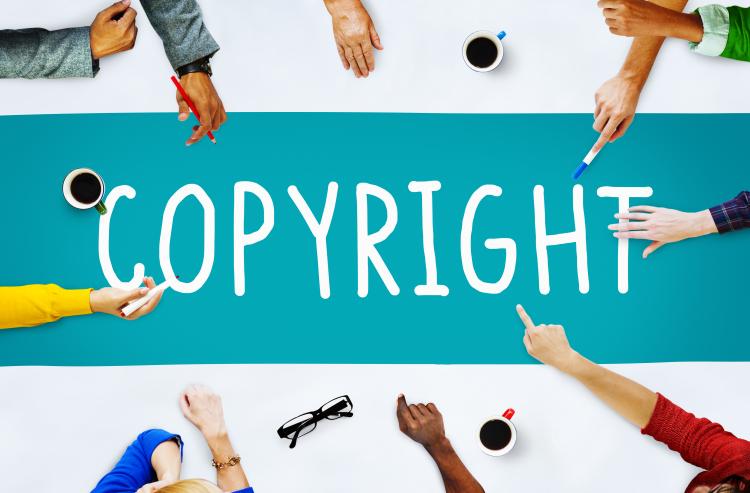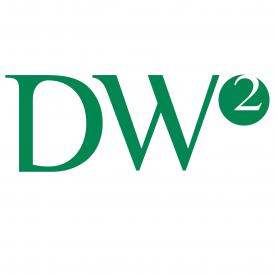
On April 14, 2025, the Federal Court (the Court) issued its decision in ITP SA v CNOOC Petroleum North America ULC, 2025 FC 684, dismissing ITP SA’s (the Applicant) application alleging that CNOOC Petroleum North America ULC (the Respondent) infringed the Applicant’s copyright in an image of its concentric “pipe-in-pipe” system through its use in a presentation to the Alberta Energy Regulator (AER) for a pipeline project.
The Respondent argued that the Applicant could not rely on the AER presentation containing the alleged infringing image as it was obtained during separate proceedings and violated the implied undertaking rule. The Respondent also argued that this application was time-barred because the AER presentation was provided in discovery to the Applicant on November 30, 2020, and this application was brought over three years later, on December 4, 2023.
On the procedural issues, the Court held that the implied undertaking rule was not violated because the AER presentation was publicly accessible through an Access to Information and Privacy Request, which removes it from the protective scope of the implied undertaking rule. The Court also held that this application was not time-barred because a reasonably diligent plaintiff reviewing hundreds of documents could not have reasonably discovered the single image constituting infringement until at least December 4, 2020.
Next, the Court held that the Applicant failed to provide sufficient evidence of its ownership of the work. The Applicant relied on affidavits from its corporate officers who conceded that they were not directly involved with the creation of the image. The Applicant could not explain why obtaining an affidavit from the creator of the image was impossible or prohibitively difficult, and the Court reiterated that hearsay evidence was insufficient to establish copyright ownership.
However, the Court stated that it would have held that the Respondent had no valid authorization or defence for its use of the image if the Applicant had successfully established valid copyright ownership. Specifically, the Court would have rejected the Respondent's express licence and implied licence claims. The Court also noted that only statutory damages for commercial copyright infringement would have been awarded if the Applicant had succeeded in proving authorship.
Ultimately, the Court dismissed the application with costs.
Summary By: Amy Ariganello
E-TIPS® ISSUE
Disclaimer: This Newsletter is intended to provide readers with general information on legal developments in the areas of e-commerce, information technology and intellectual property. It is not intended to be a complete statement of the law, nor is it intended to provide legal advice. No person should act or rely upon the information contained in this newsletter without seeking legal advice.
E-TIPS is a registered trade-mark of Deeth Williams Wall LLP.
